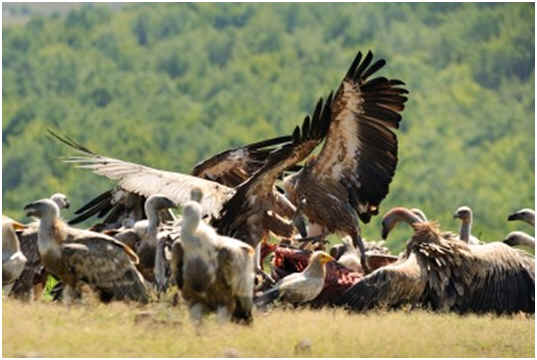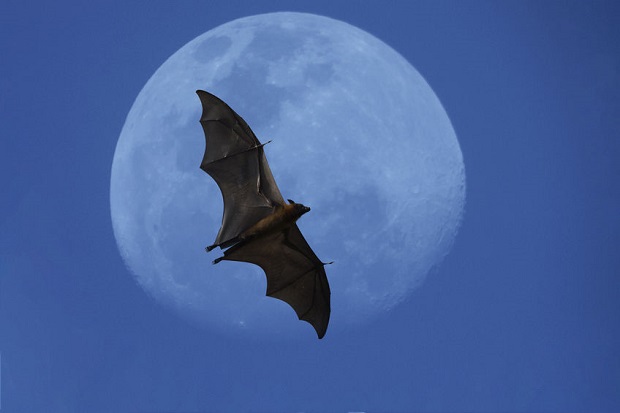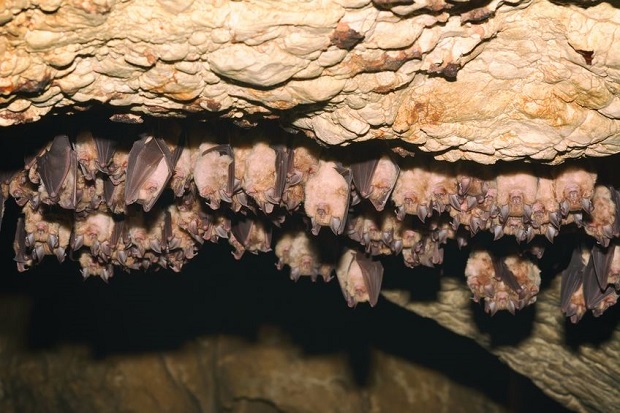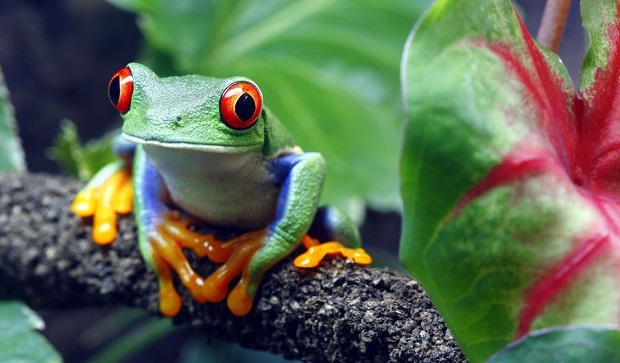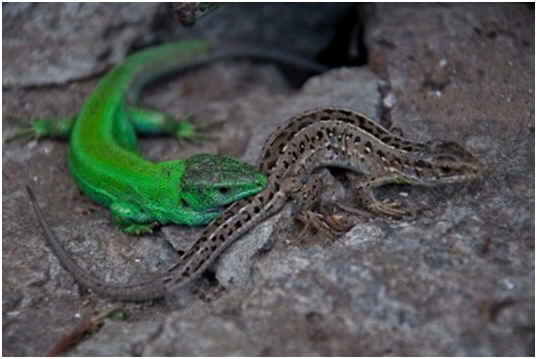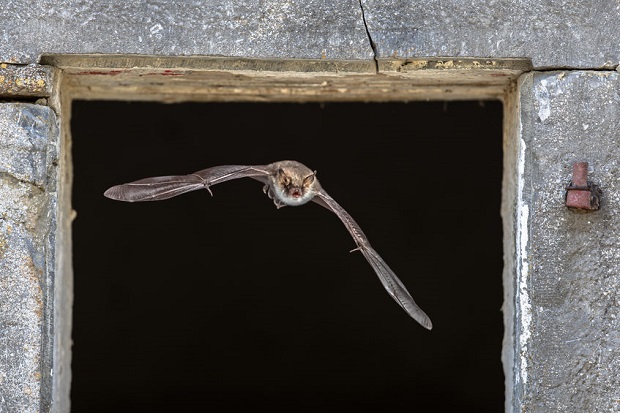
Are Bats Mammals or Birds?
Bats are not birds. Bats are mammals. Because bats have wings and the ability to fly, they are often mistakenly regarded as bird species. Though bats share a few similar characteristics with the bird family, they possess all of the characteristics necessary to be considered a mammal.
Jump Ahead
What Makes a Bat a Mammal?
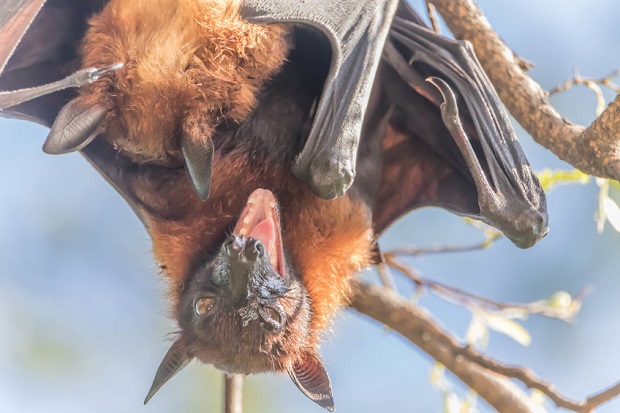
There are an estimated 4500 different species of mammals on Earth, all of which share the same unique characteristics that classify them as mammals. An animal must possess two distinct characteristics to be classified as a mammal. They must possess hair or fur, and the mother mammal must have the ability to produce milk to feed her offspring. Most mammals share other common characteristics, such as bearing live offspring, being warm-blooded, having differentiated teeth, and having four limbs. [1][2]
Because bats share all of these common characteristics, they are classified as mammals. With almost 1,000 species of bats on Earth, they comprise almost 25% of the mammal kingdom. [3]
Why Bats Are Not Birds

There are five traits that make a bird a bird. Bats share some of these traits but are not considered birds for several reasons. Compare the differences. [4]
- Feathers – All birds have feathers. Bats have hair.
- Wings – Though they don’t all fly, all birds have wings. Bats also have wings.
- Adapted Skeletons – To fly, birds have skeletons with hollow bones. Bats have the same bones that all mammals have.
- Beaks or Bills – All birds have a beak or a bill that is bone, covered with keratin. Bats do not have a beak.
- Lay Eggs – All birds lay eggs. Bats give birth to a live pup and then nurse them with their milk.
How Are Bats Unique Mammals?
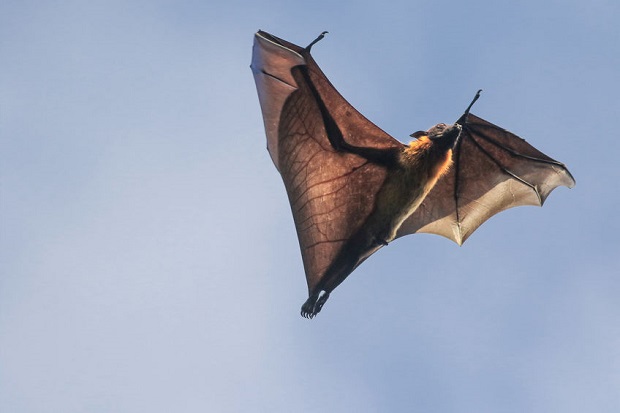
Bats are the only mammal that can fly. Unlike birds’ wings, a bat’s wings are more like arms with membranes stretched to their fingers, allowing flight. Like humans, bats have four fingers and a thumb on each hand, which are as long as the bat’s entire body. Similar to the human anatomy of the finger, where flaps of skin at the base of the fingers join them together, bats have a more expansive membrane of skin between the fingers called the patagium joining their fingers, thus creating a winged effect. [5]
Resources
- [1] McGill University – Canadian Biodiversity – “Canadian Biodiversity: Species – Mammals.”
- [2] University of California Museum of Paleontology – “Chiroptera”
- [3] Discovery Education – “What’s A Mammal?”
- [4] Study.com – “Birds: Traits, Types, and Importance.”
- [5] Natural History Museum – “The Secret Life of Bats.”

